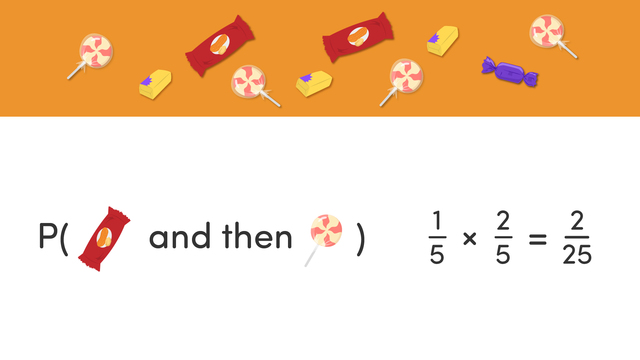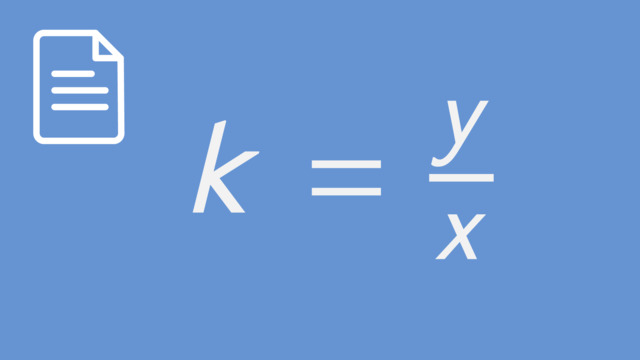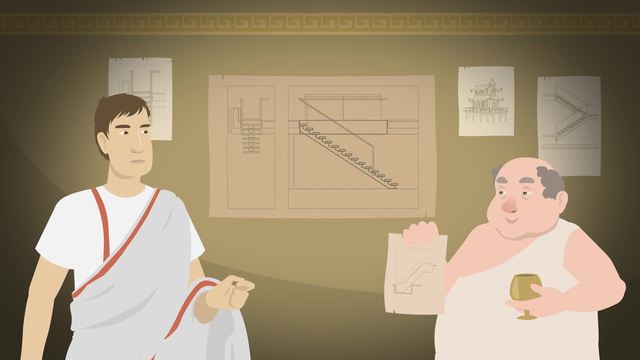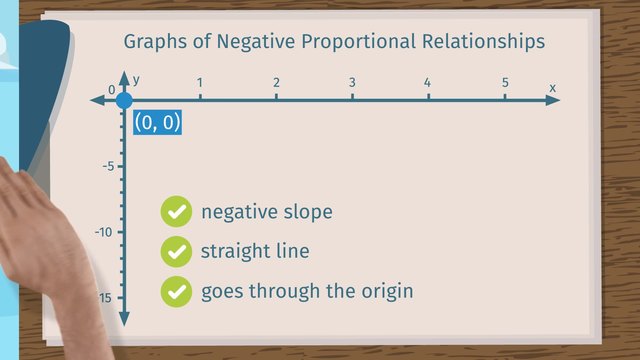Compound Probability With and Without Replacement


Basics on the topic Compound Probability With and Without Replacement
Compound Probability – Introduction
Compound probability is the measure of the likelihood of two or more events happening in combination. While simple probability deals with the likelihood of a single event occurring, compound probability extends this concept to scenarios where multiple events intersect.
Understanding Compound Events – Definition
A compound event is the combination of two or more separate events. Events can be classified as independent, where the outcome of one event does not influence the outcome of another, or dependent, where the outcome of one event has an effect on the outcome of another.
Compound Probability – Explanation
Compound probability with replacement refers to scenarios where each event is independent. Here, after an event occurs, the conditions are reset to their original state before the subsequent event. This means that the outcome of one event does not affect the outcome of the next event since the sample space remains the same.
Compound Probability with and without Replacement – Example
Compound Probability with Replacement: Suppose you have a bag with 3 red balls and 2 blue balls. You draw one ball, note its color, and then replace it back into the bag. You then draw a second ball. The probability of drawing a red ball both times can be calculated as follows:
- Probability of drawing a red ball the first time: $ P(Red_1) = \frac{3}{5} $
- Since the ball is replaced, the probability of drawing a red ball the second time remains the same: $ P(Red_2) = \frac{3}{5} $
- Using the formula for independent events: $ P(Red_1 \text{ and } Red_2) = P(Red_1) \times P(Red_2) = \frac{3}{5} \times \frac{3}{5} = \frac{9}{25} $
Compound Probability without Replacement: Consider the same bag with 3 red balls and 2 blue balls. You draw one ball and do not replace it, then draw a second ball. The probability of drawing two red balls in a row can be calculated as follows:
- Probability of drawing a red ball the first time: $ P(Red_1) = \frac{3}{5} $
- After drawing one red ball, there are now 4 balls left (2 red, 2 blue). The probability of drawing a red ball the second time: $ P(Red_2 | Red_1) = \frac{2}{4} = \frac{1}{2} $
- Using the formula for dependent events: $ P(Red_1 \text{ and } Red_2) = P(Red_1) \times P(Red_2 | Red_1) = \frac{3}{5} \times \frac{1}{2} = \frac{3}{10} $
Practice finding compound probability.
Compound Probability – Summary
Key Learnings from this Text:
- Compound probability measures the chance of multiple events happening together.
- Events can be independent (with replacement) or dependent (without replacement).
- The compound probability formula varies depending on the independence of events.
- These concepts are applicable in real-world scenarios and strategic games.
Compound probability helps us to navigate the uncertainty of combined events and make more informed decisions in games, studies, and life. Keep practicing compound probability problems and apply them to real-life situations for a better understanding.
Compound Probability – Frequently Asked Questions
Transcript Compound Probability With and Without Replacement
Compound probability with and without replacement. If you recall, compound probability is the chance of two or more events happening together. An example of this would be if we had a fair coin, and a number cube and were finding the probability of flipping tails and rolling a three. We would first find the probability of each event independently. Then, multiply each value to arrive at a one out of twelve chance of the event occurring. However, sometimes with compound probability, the first event has an effect on the following event, which is called dependent probability. Let's look at this concept, with a big bowl of candy! Here, we have ten pieces of candy in total. If someone reaches into the bowl without looking, what is the probability that they will first choose a chocolate bar, replace it and then choose a lollipop? Notice the directions say that the first piece of candy is replaced, or put back before the second is chosen, so these events are independent. We can first find the probability of this compound event as two separate events. The probability of choosing a chocolate bar is two out of ten, and then choosing a lollipop is four out of ten. When we simplify, and then multiply the values, the final probability of choosing a chocolate bar, replacing it, and then choosing a lollipop is a two out of twenty-five chance. Now if someone reaches in without looking, what is the probability that they will first choose a chocolate bar, not replace it, and then choose a lollipop? This is a classic example of dependent probability. The probability of choosing the first chocolate bar is two out of ten, just like the first example. But, since this chocolate bar is not going back in, our bowl of candy is slightly different now! The probability of choosing a lollipop from the bowl of candy is now four out of nine because one piece from the total was removed. Simplify and then multiply these values to find the final probability of four out of forty-five. Back to the full bowl of candy, what is the probability of choosing a piece of bubble gum, not replacing it, and then choosing another piece of bubble gum? The probability of the first piece is three out of ten. And this time, since we are removing a piece of bubble gum on our first pick and not putting it back, we must subtract one from the total candy and the pieces of bubble gum. The probability of the second piece will be two out of nine. Multiply these together, and then simplify to see that there is a one out of fifteen chance of picking two pieces of bubble gum without replacement. For one last example, let's find the probability of choosing a lollipop, and then a chocolate bar, and then another chocolate bar without replacement. That's right, this time we have three events, without replacement. First up, the lollipop has a four out of ten chance. Then this was removed, so the probability of a chocolate bar is two out of nine. And keep that chocolate bar out, and the probability of getting another chocolate bar will be one out of eight. Simplify and multiply to arrive at a total probability of one out of ninety, which is very unlikely! Let's summarize what we have learned. If the problem says you are replacing it, then the events are independent and do not have an effect on each other. If the problem says without replacement, then it is a dependent probability, and one event will affect the others. Be sure to always read the directions carefully oh, and follow that golden rule: you touch it, you eat it!
Compound Probability With and Without Replacement exercise
-
What is dependent probability?
HintsThe word dependent means 'the outcome of one affects the outcome of another'.
Look for the choice above which means that.
An example of a dependent event is a person going to work on a train and bus. If they miss the train then they miss the bus. In other words, catching the bus is dependent on catching the train first.
SolutionWhere the first event affects the probability of the following events.
The second event is dependent on the first one. For example, in a knockout competition, to get to the second round a team must win the first round. Participation in the second round depends on winning the first round.
-
Finding dependent probability.
HintsWe calculate the probabilities separately first.
Probability of picking a cola is $\frac{Cola}{Total}$
We multiply this by the second probability when the cola has NOT been replaced.
Probability of picking a cream soda is $\frac{Cream Soda}{Total - 1}$
We work out dependent probabilities like this:
Solution$\mathbf{\frac{12}{56}}$
We work it out like this:
- To pick a cola there are $3$ out of a total of $8$ cans
- We write that as $\frac{3}{8}$
- To pick a cream soda when the other can has NOT been replaced we have $4$ out of $(8 - 1) = 7$
- We write that as $\frac{4}{7}$
- Multiply the numerators ($3\times4 = 12$)
- Multiply the denominators ($8\times7 = 56$)
-
Work out the mixed probability questions.
HintsProbability of picking an item is $\dfrac{\text{Number of items}}{\text{Total items}}$.
For example if there are $3$ pink items in a bag of $7$ items, we write the probability as $\frac{3}{7}$
We calculate two independent probabilities separately first.
Then multiply them together.
We calculate two dependent probabilities separately first.
Then multiply them together.
When we have had the first pick from the bag and the sweet is not replaced there is $1$ less sweet in the bag for the next pick.
This is dependent probability.
Solution- $1$ fruit sweet
- $1$ toffee sweet
- $1$ fruit then $1$ toffee with replacement
- $1$ fruit then $1$ toffee without replacement
-
Calculate dependent probability.
HintsWe calculate the probabilities separately first.
Probability of picking a blue sock is: $\frac{\text{Blue}}{\text{Total}}$
We multiply this by the second probability when the blue sock has NOT been replaced.
Probability of picking another blue sock is remaining number of $\frac{\text{Blue}}{\text{Total - 1}}$
We calculate the dependent probability of finding two blue socks like this.
In this example, there are $3$ blue socks out of a total of $6$ socks in the drawer.
When one has been removed there are then only $2$ blue socks over a total of $5$ socks.
Solution$\mathbf{\frac{30}{72}}$.
Probability of picking two blue socks is shown here.
There are $6$ to start with and when $1$ is picked $5$ remain. Multiply these together.
For the denominator there are $9$ socks to start with and when $1$ is removed there are $8$. Multiply these together.
We can simplify the answer by dividing by $6$ to give us $\frac{5}{12}$
-
Finding independent probability.
HintsWe calculate the probabilities separately first.
Probability of picking an apple is $\frac{Apples}{Total}$
We multiply this by the second probability when the apple has been replaced.
Probability of picking a banana is $\frac{Bananas}{Total}$
We multiply probabilities like this:
Solution$\mathbf{\frac{4}{100}}$
The apple was replaced, so there were still $10$ pieces of fruit in the bowl.
- There are $4$ apples out of $10$ pieces of fruit in the bowl
- We write this as $\frac{4}{10}$
- The apple is replaced into the bowl
- There is only $1$ banana in the bowl, so we write this as $\frac{1}{10}$
- Multiply the numerators, $4$ apples by the $1$ banana $= 4$
- Multiply the denominators, $10$ total pieces of fruit and $10$ total pieces of fruit $= 100$
-
Finding dependent probabilities.
HintsThe probability is dependent.
The second pick will have one less spanner and one less tool in the shed.
The third pick will have two less.
To work out the total we multiply all $3$ fractions together.
Solution$\frac{4}{7}\times\frac{3}{6}\times\frac{2}{5} = \frac{24}{210}$
$4$ spanners to start with and one less for each pick.
Also, there are $7$ tools to start with and one less each pick.













